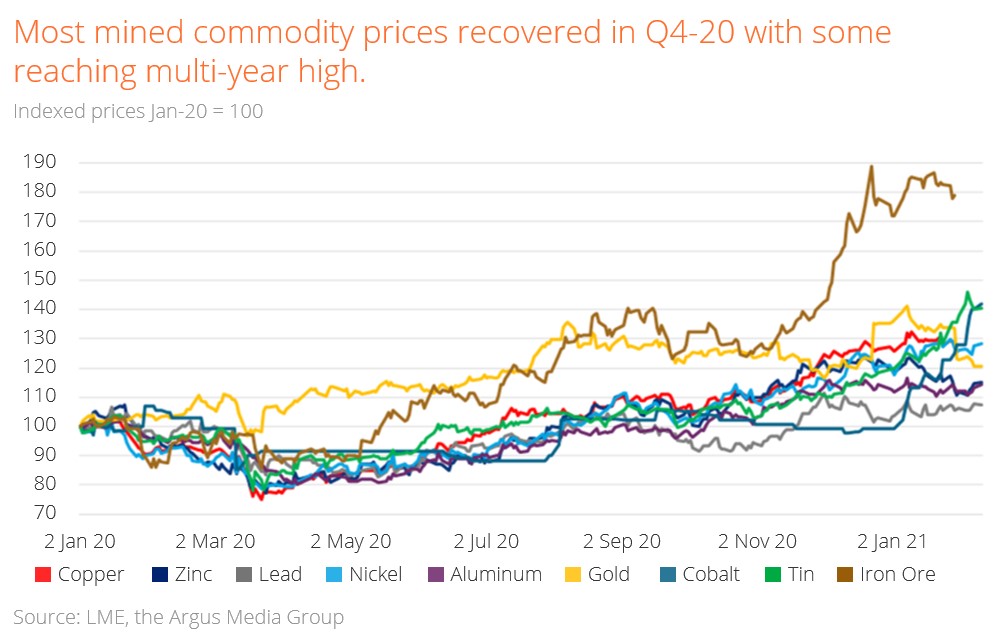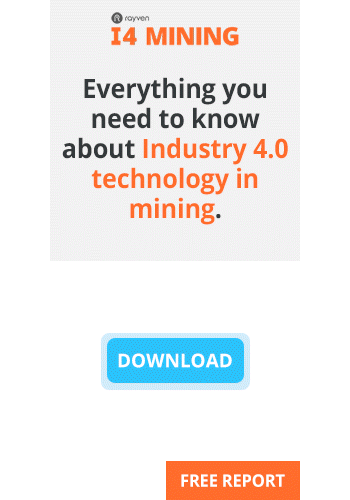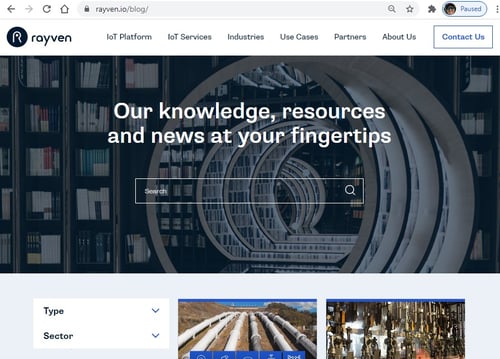Why now for Industry 4.0 technology in the Mining sector
Blog
The only constant in the mining sector is change.
The mining sector is transforming - and it needs to.
The starting pistol for the paradigm shift that’s being demanded of miners was fired on 22 April 2016 in Paris with the signing of The Paris Agreement.
Whilst there have been agreements before, the Paris Accords’ scope and ambition is unparalleled (195 countries are now signatories, agreeing to achieve net-zero emissions by 2050), and its signing marks not just a win for the science, but also for the people: demand for action at international, national, state and local government-levels is rapidly becoming politically, economically and socially irrepressible - the wheel has turned.
The mining sector is currently responsible for between 4% -7% of greenhouse-gas emissions globally* and is a major target when it comes to finding the carbon savings necessary to achieve governments’ targets.
Ironically, however, this threat to the sector also presents it with its biggest opportunity.
Achieving net-zero emissions will be impossible without energy transition: the movement from fossil-fuel powered energy generation to renewables and zero-carbon technologies.
To succeed in it, many things will be required, but chief among them is a range of materials that only the mining sector can provide, including a whole new array of rare earth minerals and elements. Needed in everything from wind turbines to solar panels, electric vehicles and the batteries upon which we will all increasingly rely to guarantee security of energy supply; the mining sector finds itself with a new role as a key enabler in making net-zero 2050 a reality.
Zero carbon is only half the story: zero harm + zero waste.
It would be easy to suggest that net-zero carbon targets are the sole reason for why the mining sector needs to change, but the truth is more complicated as the mining sector has been facing a series of internal and external challenges in recent years that are further forcing its hand.
Mine productivity rates have been dropping, costs have increased and capital for expansion is hard to come by. Over the past 15 years, the average cost of producing copper has risen by more than 300% with its grade dropping by 30% during the same period**. Mineral extraction at existing operations is also becoming more challenging with the richest seams now found further underground or in harder to access areas. In this context, zero waste and productivity measures have become all the more critical in ensuring that operations remain profitable.
Not only this, the rise in importance of environmental, social and governance (ESG) is also having a huge impact: zero harm.
Many of the world’s easily-mineable sites have now been tapped and potential new sites with minerals of sufficient volume and quality to warrant investment are generally in either more environmentally sensitive areas, could come in direct conflict with the needs of the local population, or are in parts of the world considered difficult to do business.
This could be described as a maturation of the industry and it has come at the same time as governments, spurred on by the likes of The Paris Agreement and other global agreements, are demanding much more of businesses across all sectors; enacting compliance powers that frequently reach extraterritorially to protect people and the environment in lieu of their national governments doing so.
For miners, beyond the public relations battles that are seen in the media, it’s made access to the cheap capital required to fund new mineral extraction and refinement projects difficult to come by and has meant that they need to do much more than pay lip service to their own ESG initiatives, implementing zero harm goals for both employees, the environment and the communities in which they operate.

With such a host of drivers for change and a wealth of riches available if they do so, now really is the time for the mining sector to embrace its new future and seize with it the opportunities that come with the implementation of novel new Industry 4.0 technologies in helping them get there.
I4 Mining is a sustainability technology provider to the mining sector, offering ready-to-deploy ESG solutions that help miners to succeed both strategically and operationally without ever getting in the way of good business.
Our solutions enable you to easily develop strategies, deliver accurate sustainability metrics and reports in real-time, improve sustainability and business performance, as well as make predictive analytics and forecasts part of your everyday so that you can reduce risks and optimise from mine-to-market.
Speak to us today to book a demo and discover how you can get started on your digital sustainability journey.
* Source: McKinsey: Climate risk and decarbonization - January 28, 2020
** Source: https://www.mining-technology.com/mining-safety/future-of-mining-industry-predictions
Want to know about industrial AI + IoT more broadly?
If you'd like to find out more about the technology that underpins all of our digital mining solutions, other industrial uses of AI + IoT, or are eager to get into the detail of precisely what AI and IoT technology are then visit the Rayven blog.




